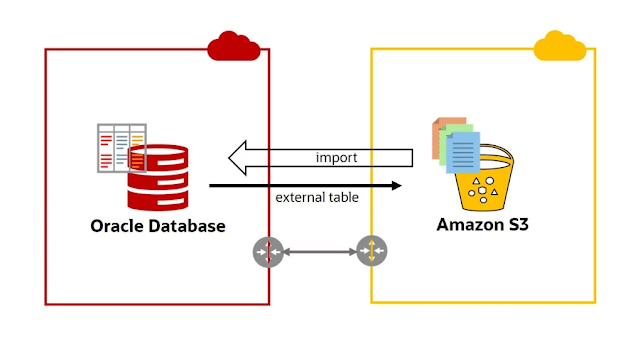The Unique Architecture of the SAP Data Lake
SAP launched HANA Data Lake in April 2020, intending to provide users with an advanced as well as a very cost-effective data storage repository. The complete package consists of a native storage extension and an SAP Data Lake that is standard across all models and versions.
The architecture of the SAP Data Lake is
unique and stands out from other forms of data lakes. Businesses have the
option to store data that is frequently used and accessed (hot data) segregated
from data that is not used much (warm data) in the Native Storage Extension
(NSE) of SAP HANA.
The SAP Data Lake may be visualized as a
pyramid with three distinct layers.
On the top part of the pyramid is space offered to
businesses to store the data which is critical for daily operations and has to
be accessed daily. Since this data has very high demand, the storing cost too
is the highest among all the three segments.
The middle layer of the pyramid is for organizations
to store data that is not used regularly but is not, on the other hand,
insignificant enough to be deleted from the system. This data, generally
referred to as warm data, is not as high-performing as the top layer and with
less access rates, the cost of data storage is lower than the top layer.
The bottom layer of the pyramid is reserved for data
that is very rarely used and in traditional databases, would have been deleted
to make space for active data. But SAP offers rock-bottom prices in this
category and organizations prefer to hold on to this data for historical
purposes.



Comments
Post a Comment